fmw
No longer a newbie, moving up!
Underexposed means there is not enough light on the subject (dim or dark). Read up in your manual about the exposure compensation dial. When you get more comfortable, consider adding a polarization filter to cut down on reflections. Nikon 52mm Circular Polarizer II Filter 2233 B&H Photo VideoOP, there are two problems with your image. The first is that it is underexposed. Someone above suggested using exposure comp. That is a good approach for a beginner.
The second problem is the angle between you, the car and the sun that causes the overexposed highlights on the car. My approach would have been to shoot the car from the other side to resolve that. It would require perhaps even more exposure since the car would be back lit.
As with most beginner images, the problem is not the equipment. The problem is experience. Go reshoot it from the other side and give it more light.
Thank You for the response. Since the pictures are taken for a listing, i have to take pictures of the car all the way around! So on certain pictures the position is set. I know the problme is not the equipment, it's me that's why i'm trying to learn about it a little bit. What does "underexposed" mean?
You turn the actual ring on the filter and you can visually see the reflections go away. This would be a nice finishing touch to your images but not necessarily needed.
It is important to understand that polarizing filters filter polarized light and the angle at which the light reaches the camera affects its polarization. A polarizer may or may not reduce the reflected highlights depending on the light's polarization. The best approach by far would be to backlight the car.




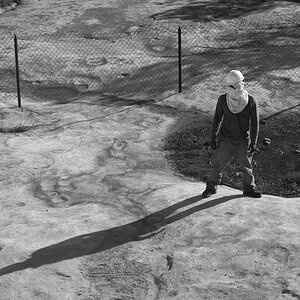
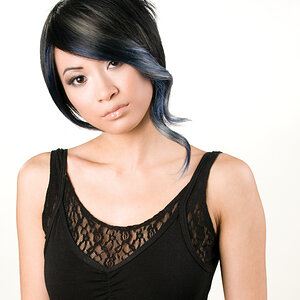
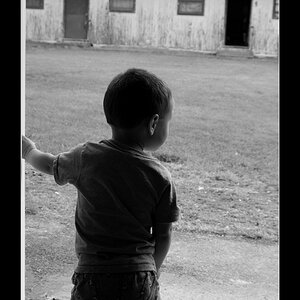
![[No title]](/data/xfmg/thumbnail/34/34693-68d7ff80dc154cec1604c718d5434ecd.jpg?1619736605)
![[No title]](/data/xfmg/thumbnail/34/34695-42e00aba923f9e1fb7d814399a63ad68.jpg?1619736606)

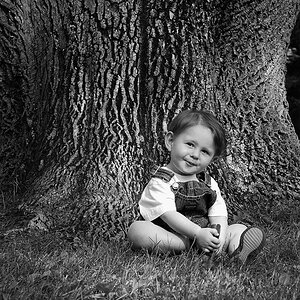
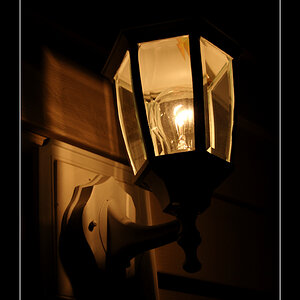
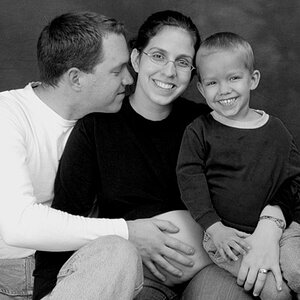
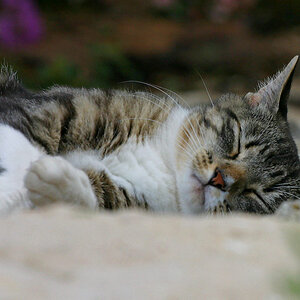
![[No title]](/data/xfmg/thumbnail/34/34692-a218056da5698d6c9b7cf734f656562d.jpg?1619736605)
